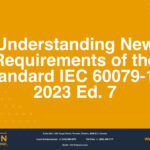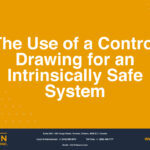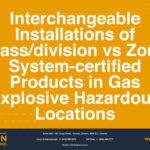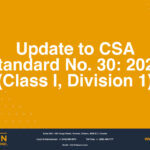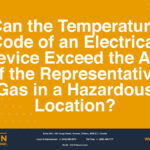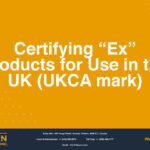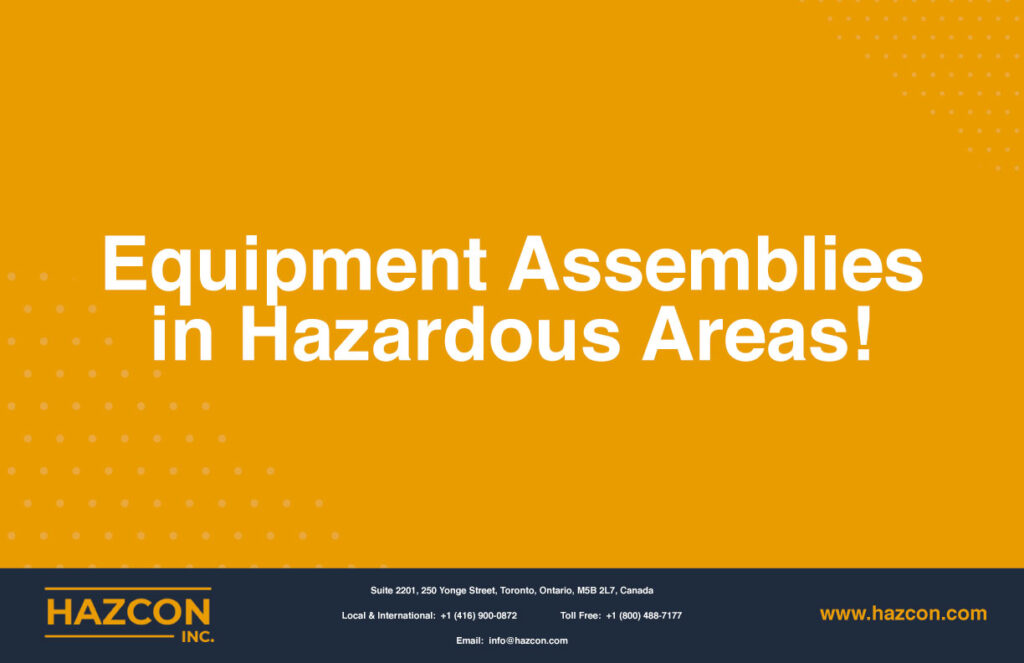
Equipment Assemblies in Hazardous Areas!
“Equipment assemblies” are defined in Clause 3.1 of IEC 60079-46 as a “pre-manufactured combination of Ex Equipment, together with other parts as necessary, that are electrically or mechanically interconnected that are pre-assembled prior to being placed into service at the end-user site, and that can be disassembled and then re-assembled at the end-user site”. An example might be a skid of individually, already certified Ex-equipment and/or Ex-components connected with each other as a unit to meet the function of this assembly.
The design, construction, and assembly of Ex equipment assemblies for use in explosive atmospheres are the responsibility of the manufacturer of the assembly (not necessarily the manufacturer of each component). Once items become part of an assembly (even if the items have their own, individual certificates), they are subject to conformity requirements related to the assembly itself. The combination of items in an assembly may cause hazards that don’t exist otherwise.
The Standard that Applies to Equipment Assemblies
Standard IEC 60079-46, published in 2017, applies to an assembly of Ex-equipment that comes together in the form of functioning equipment for use in explosive atmospheres. The requirements stated in this Standard are the responsibility of the manufacturer of the assembly. They apply to each individual item within the assembly, even if such components already have their own, individual certificates.
The following are addressed in this Standard:
- Technical specifications
- Design, construction, testing, inspection, and marking requirements
- Documentation and assessment of equipment assemblies
Design and Construction of Assemblies
The first item to be considered in the design and construction of any assembly of Ex-equipment or Ex components is to perform an Ignition Hazard Assessment to identify all ignition hazards related to both non-electrical and electrical risks that might be caused by the makeup of the assembly.
Cables that connect individual pieces of equipment within the assembly must meet the IEC 60079-14 Standard, or conditions from the relevant Code of Practice depending on where the assembly is to be installed (in what country/ies).
Any conditions related to safe use, including any Schedules of Limitations of Certificates must be addressed and satisfied.
The Standard IEC 60079-46 dictates that the most stringent requirement (the toughest, most restrictive) of any piece within the assembly must be applied to all the pieces within the equipment assembly. The worst-case scenario of this assembly must be taken into account. In other words, the assembly is given an overall rating as follows:
- The Ex protection marking used for an individual piece of Ex equipment in the assembly (e.g., Ex d, Ex e) is replaced by one protection marking for the entire assembly, which is indicated as “60079-46”
- Similarly, an overall T rating (temperature class) is declared for the entire assembly, based on the lowest temperature class (T1 is the lowest). T1 represents the highest maximum surface temperature of any Ex Equipment
- The overall Gas group (or dust group) is declared for the entire assembly, based on the least dangerous gas group present (IIA is the least ignitable) of any of the components
- The ambient working temperature range for the entire assembly is based on the most restrictive ambient temperature range of any of the components (lowest maximum temperature and the highest minimum temperature)
- The Equipment Protection Level (EPL) – Ga, Gb or Gc, is based on the strictest requirement of any of the components
Certification of Equipment Assemblies
Because the requirements related to individual components of an assembly are replaced by the requirements for the entire assembly, manufacturers of an assembly must prepare a list of all the components (Ex equipment/components and others), along with the details of each certified device such as Certificate number, Ex marking, ambient temperature range, model number, and any specific conditions that are applied to that part. Such an inventory defines the assembly, its Ex components, and forms the basis of the assembly certificate or declaration of conformity.
The manufacturer must have considered the impact of the combination of equipment in the assembly – hazards that may be created by that combination of components. As was already noted, manufacturers must have completed an ignition hazard assessment of the assembly and have documented the results.
An equipment assembly certificate verifies that the manufacturer of the equipment assembly has met the specified requirements. This certificate is also of use to purchasers, who are assured that the combination of items within the assembly still meet the most stringent requirements of any one item within it.
As identified in Note 1 of clause 3.2 in Standard IEC 60079-46, the certificate is either the manufacturer’s declaration of conformity or a result of action by a certifying agency.
Markings of an Equipment Assembly
Equipment assembly markings are not intended to be simply a repeat of markings from the individual components that make up the assembly. As was already noted, the most stringent requirements of any single component are applied to the entire assembly, and the assembly markings reflect that.
Following are some examples.
As per the IEC 60079 series, the Ex marking for each individual type of protection technique that would have been used, (e.g., Ex d) is replaced by “60079-46” and the strictest equipment protection level (Ga, Gb or Gc) is applied. For example, the assembly equipment might include an “explosion proof enclosure” with Ex d marking, and an “increased safety” product with Ex e marking, and an “intrinsically safe” device with Ex ib marking. Instead of listing all these different markings (“Ex d e ib IIC T4 Gb”), the marking of the Ex equipment assembly in this example would be: Ex 60079-46 IIC T4 Gb.
Detailed Example with different Gas Group, T-Code, and Ambient Range
If an assembly consists of two products with the following individual markings:
- Ex db IIB T5 Gb Ta (ambient temperature) -20°C to + 65°C
- Ex ec IIC T4 Gc Ta (ambient temperature) 0°C to + 85°C
The final assembly will need to be marked as follows – acknowledging the most stringent of the above requirements and markings:
Ex 60079-46 IIB T4 Gc with Ta of 0°C to +65°C
Explanations:
As per clause 4.3 of Standard IEC 60079-0:2017, equipment marked IIB is suitable for applications for gas Group IIA. Similarly, equipment marked IIC is suitable for applications for Group IIA or Group IIB. Therefore, since one of the products is a IIB gas group, the overall gas group for the entire assembly will be IIB. Products rated and marked IIB are safe for both IIB and IIA.
Keep in mind that the temperature class T4 is 135°C and T5 is only 100°C. The overall T rating (temperature class) for our assembly will be T4 (135°C). The assembly will be safe, even if the surface temperature reaches (but does not exceed) 135°C.
The ambient working temperature range for the entire assembly is based on the most restrictive ambient range of these two components. Therefore, the lowest maximum temperature and the highest minimum temperature that that are common to these two components are declared for the entire assembly.
Conclusion
Given advances in technology, electrical equipment is often combined into more complicated and complex assemblies of already certified items. Standards that apply to these assemblies for use in explosive atmospheres are strict, because of the associated risk of explosion should those products fail. Resulting catastrophic events can mean loss of life and the destruction of property. It is wise to be well prepared for success. Know in advance what your plans are for your assembly, the combination of each individual devices, the strictest.
Request a Consultation
Complete the form below to get started.

